Hakone Ropeway Guide: All About the Aerial Scenic Experience

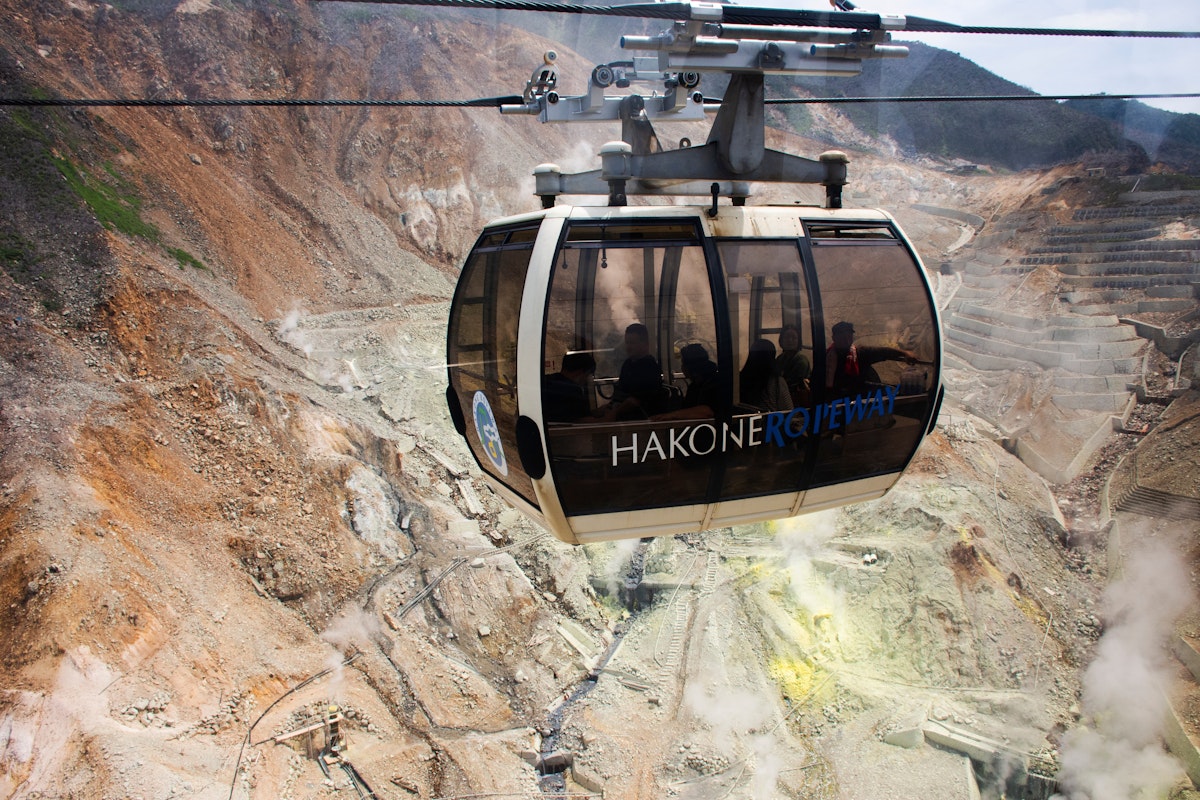
- What to Expect on the Hakone Ropeway
- Volcanic Adventure at Owakudani Station
- Hakone Ropeway Cost: What You Need to Know
- The Hakone Round Course: A Complete Scenic Loop
- Tips for a Smooth Hakone Ropeway Experience
- Additional Attractions Along the Hakone Ropeway
- How to Access the Hakone Ropeway
- Why the Hakone Ropeway is a Must-Visit
The Hakone Ropeway provides a breathtaking aerial journey over Japan's stunning landscapes, including Mount Fuji and Lake Ashi views. Whether you're on a day trip from Tokyo or the Hakone area, this experience is to be noticed.
This guide covers all essential details, from station information and costs to the complete round-trip experience. Prepare to be captivated by Hakone's beauty and unique volcanic activity.
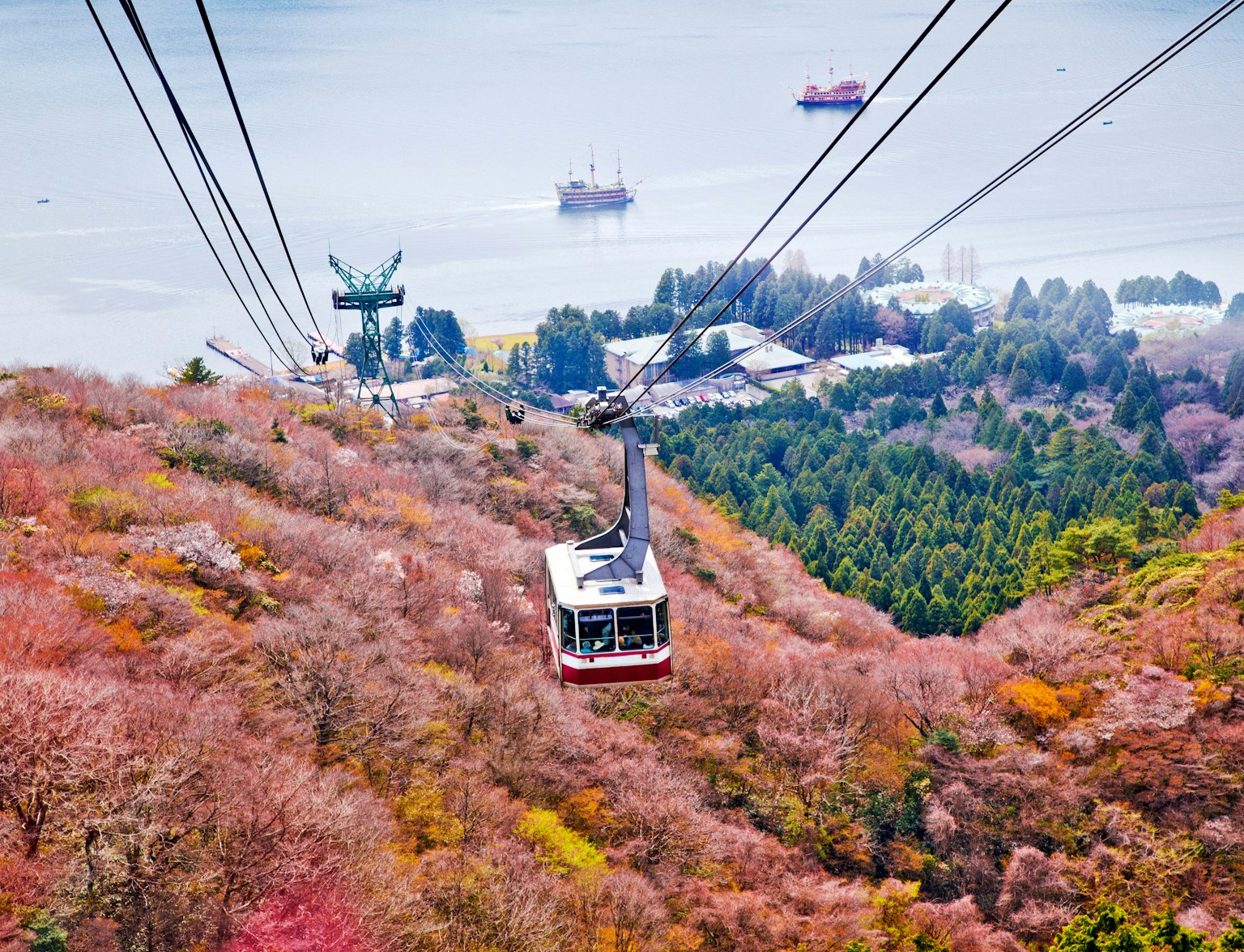
Discover the allure of Hakone with our Komagatake Ropeway adventure.
What to Expect on the Hakone Ropeway
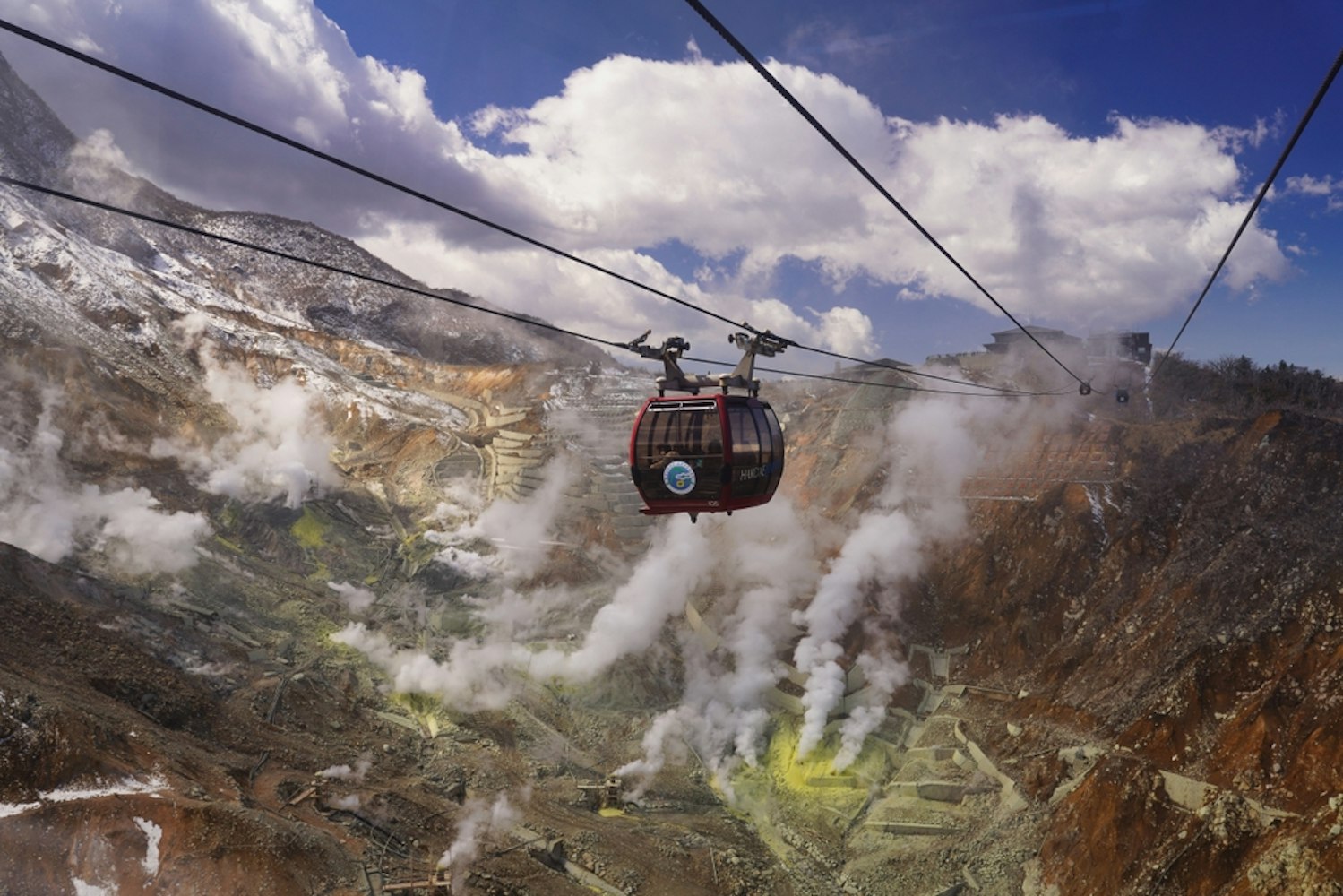
The Hakone Ropeway spans 4 kilometers and connects Sounzan Station with Togendai Station, with intermediate stops at Owakudani Station and Ubako Station. As you glide through the sky in one of the spacious gondolas, you'll enjoy views of the surrounding mountains, Lake Ashi, and the active volcanic area of Owakudani Valley.
The entire ropeway journey takes about 30 minutes, offering a unique perspective of the Hakone region.
Volcanic Adventure at Owakudani Station
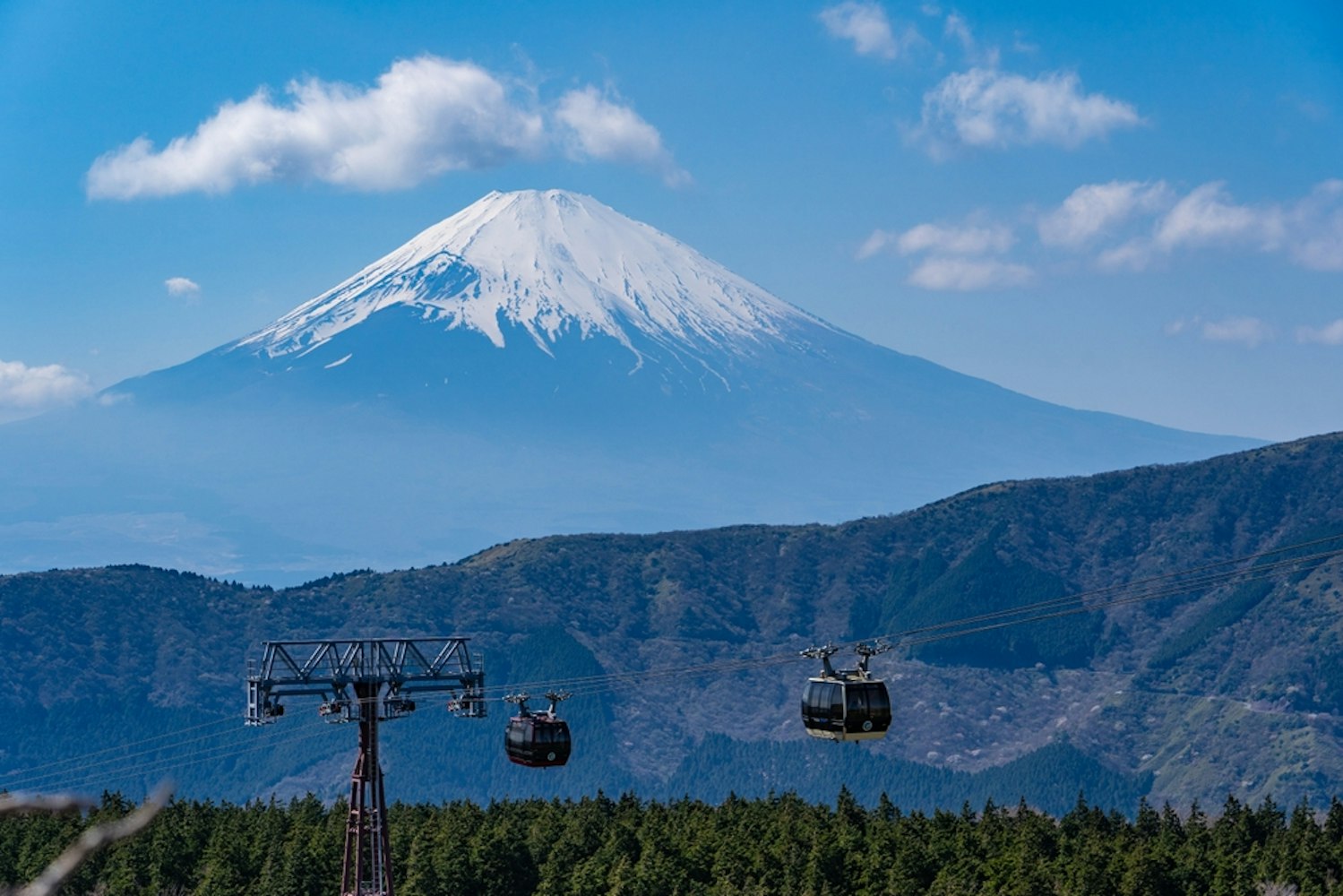
Owakudani Station is a highlight of the Hakone Ropeway. This stop is known for its geothermal activity and the famous black eggs, which are boiled in hot springs and are said to extend life by seven years.
The volcanic fumes, steam vents, and bubbling pools create an eerie and fascinating dramatic landscape. The station has facilities, including a restaurant and a souvenir shop, where you can purchase these legendary eggs.
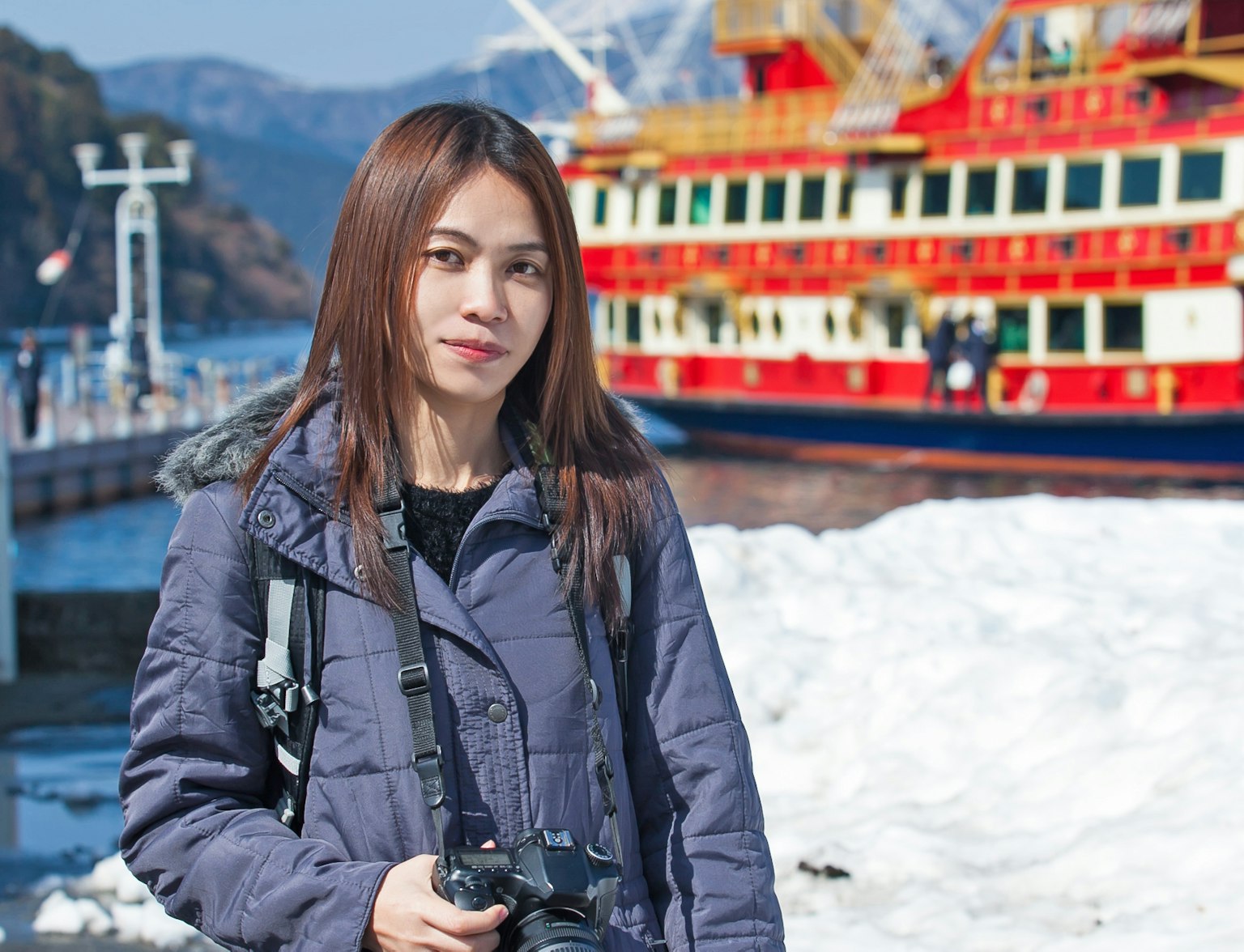
Discover the enchanting beauty of Hakone on a day tour from Tokyo by private car.
Hakone Ropeway Cost: What You Need to Know
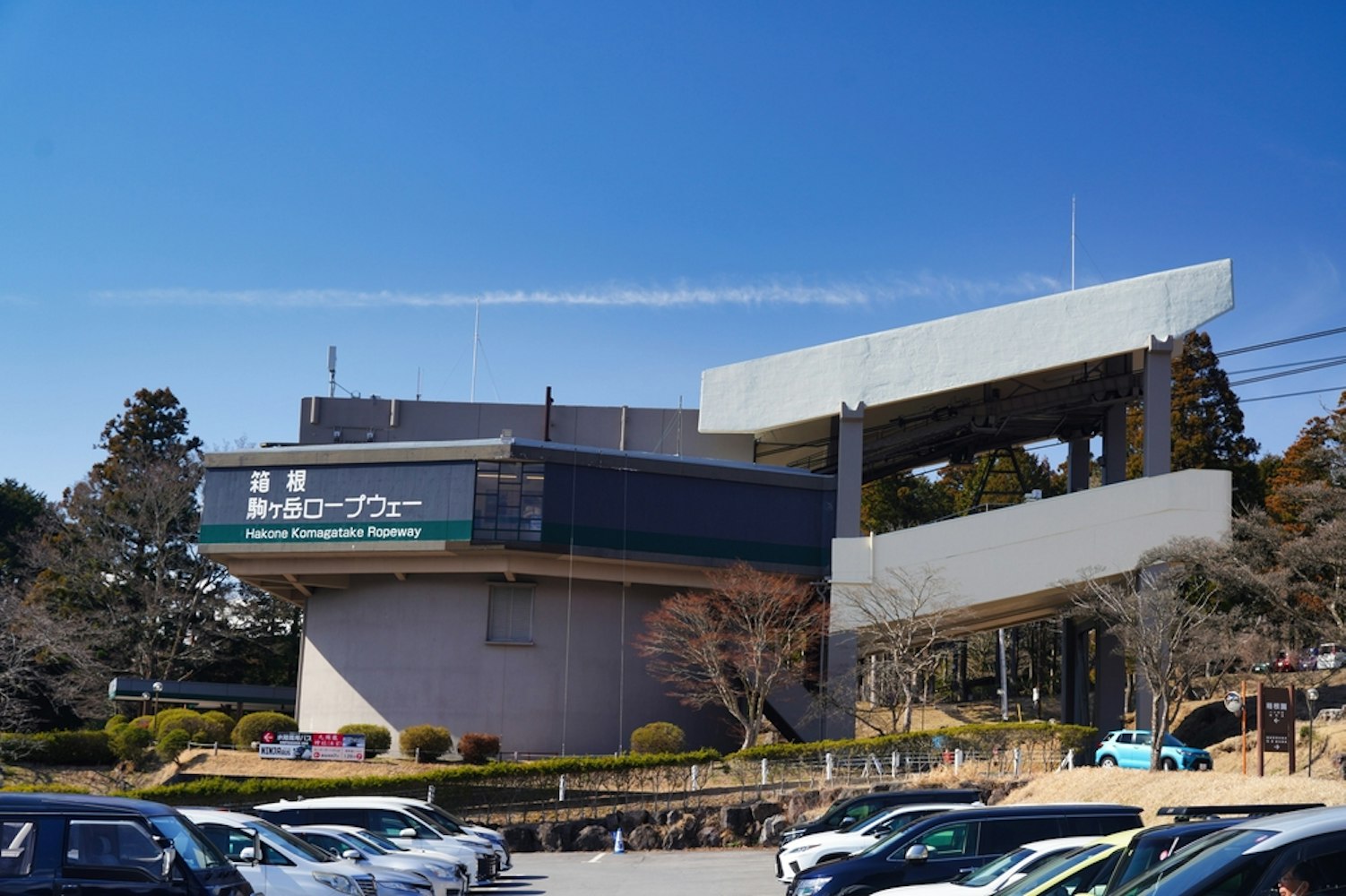
The Hakone Ropeway is included in the Hakone Free Pass, which provides unlimited access to many forms of transportation in the Hakone area, including the ropeway, the Hakone Tozan Cable Car, and the Hakone Tozan Bus. If you don't have a Hakone Free Pass, you can purchase a one-way or round-trip ticket for the ropeway.
The cost varies depending on the route and your departure station. For those starting at Hakone Yumoto Station, the Hakone Tozan Railway and Hakone Tozan Cable Car provide a scenic route up to Sounzan Station, where the ropeway journey begins.
The Hakone Round Course: A Complete Scenic Loop
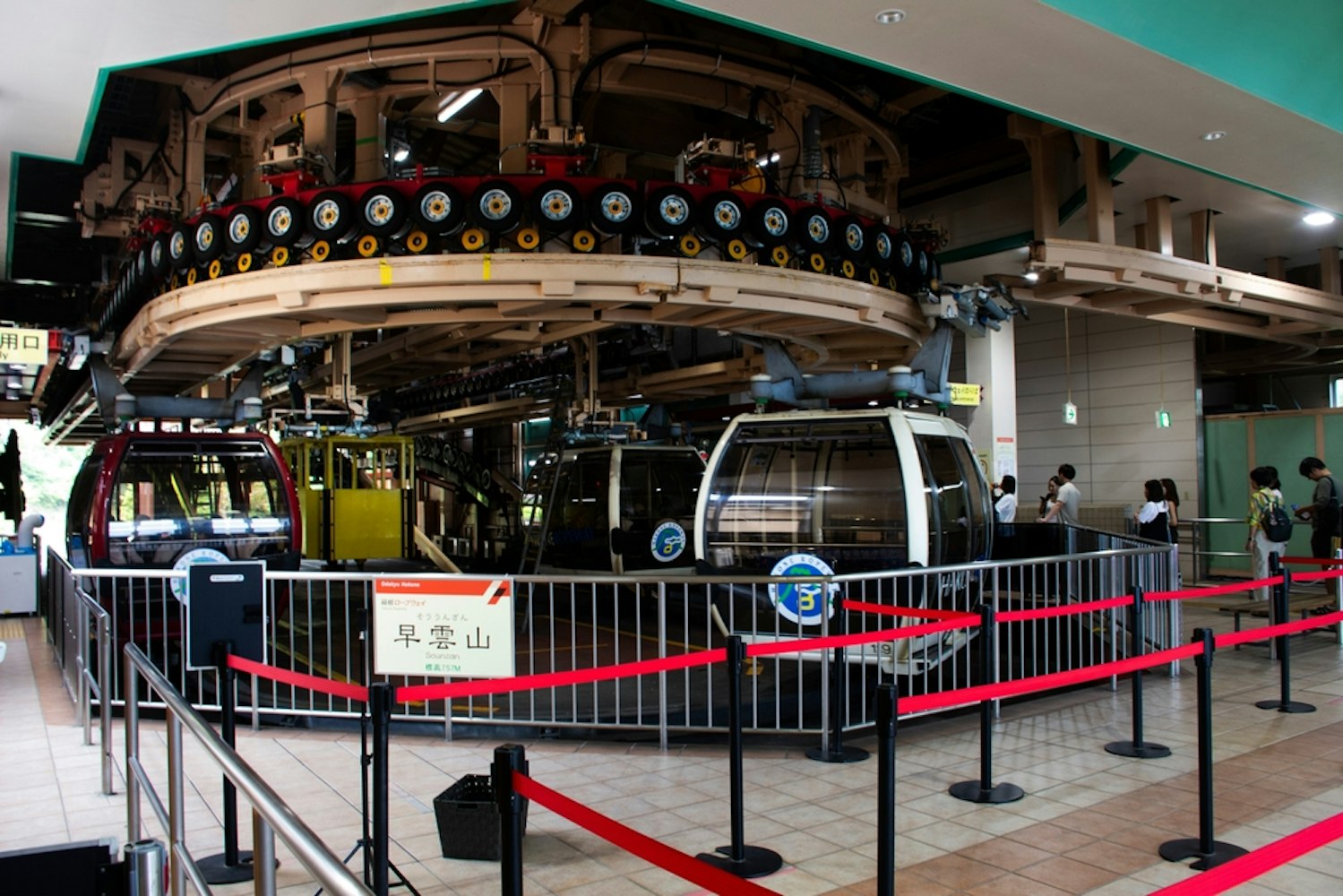
The Hakone Round Course is a popular sightseeing loop that allows visitors to explore the entire Hakone area. The course typically starts at Hakone Yumoto Station, where you can take the Hakone Tozan Railway to Gora Station.
From there, the Hakone Tozan Cable Car takes you to Sounzan Station, where you'll transfer to the Hakone Ropeway. After enjoying the scenic ride to Togendai Station, you can embark on a Lake Ashi cruise aboard the famous pirate ship.
The cruise offers panoramic views of Lake Ashinoko and the surrounding mountains. The final leg of the journey involves a bus ride back to Hakone Yumoto Station, completing the loop.
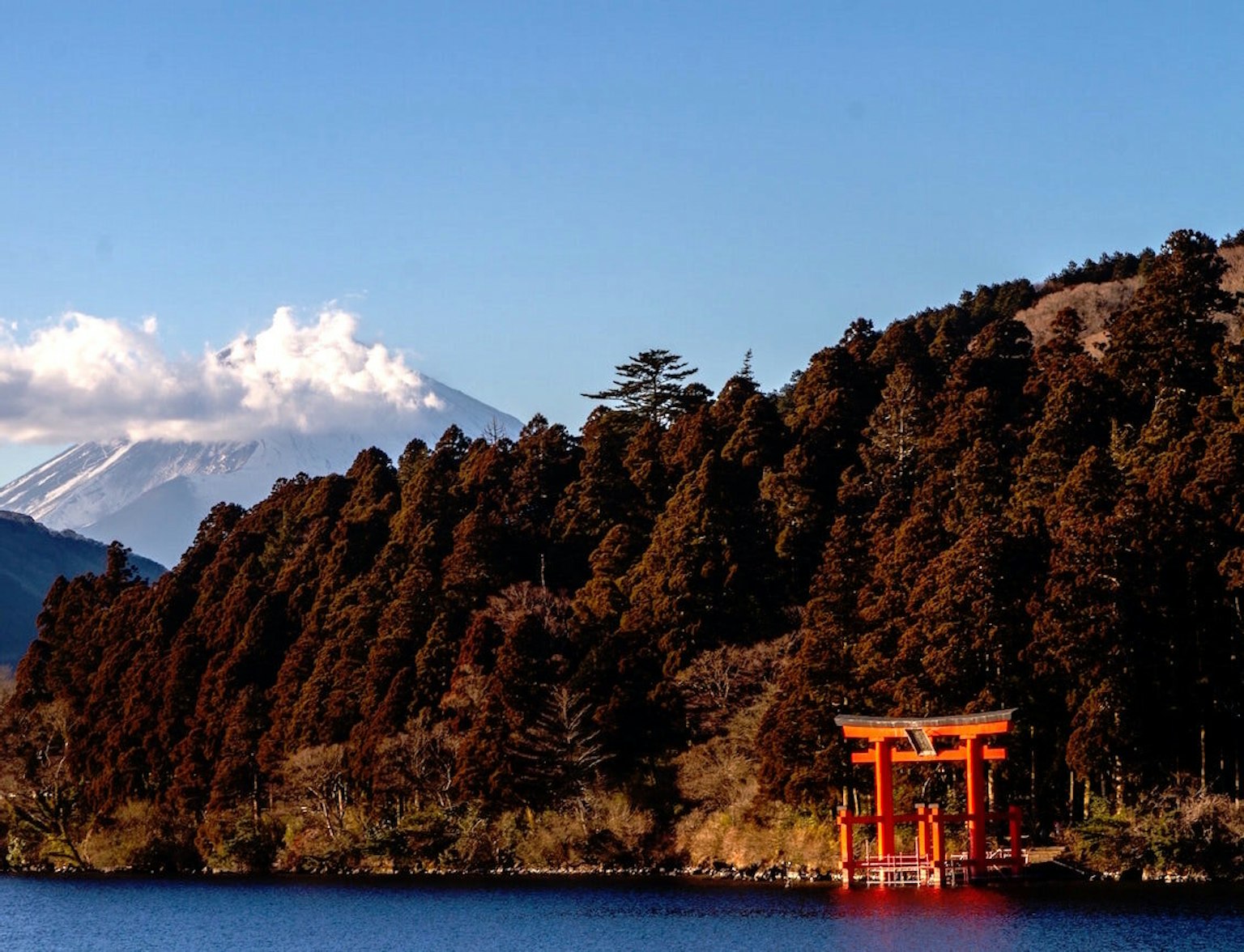
Embark on an exciting journey through the magnificent mountainous town of Hakone.
Tips for a Smooth Hakone Ropeway Experience
To make the most of your Hakone Ropeway journey, consider the following tips:
Check the Weather: Bad weather can affect visibility, so it's best to check the forecast before planning your trip. The ropeway may also temporarily close due to volcanic activity.
Avoid Long Waits: The Hakone Ropeway is a popular attraction, especially during peak seasons like autumn leaf viewing and cherry blossom season. To avoid long waits, visit early in the morning or later in the afternoon.
Use the Hakone Free Pass: The Hakone Free Pass is a convenient option that offers unlimited rides on various transportation modes in the Hakone area, including the ropeway, buses, and the Lake Ashi cruise.
Plan Your Route: If you want to explore more of Hakone, consider visiting Hakone Gora Park, relaxing in one of the many hot springs, or walking through the scenic Owakudani Valley. The Hakone Loop is a great way to see the best of the area in one day.
Additional Attractions Along the Hakone Ropeway
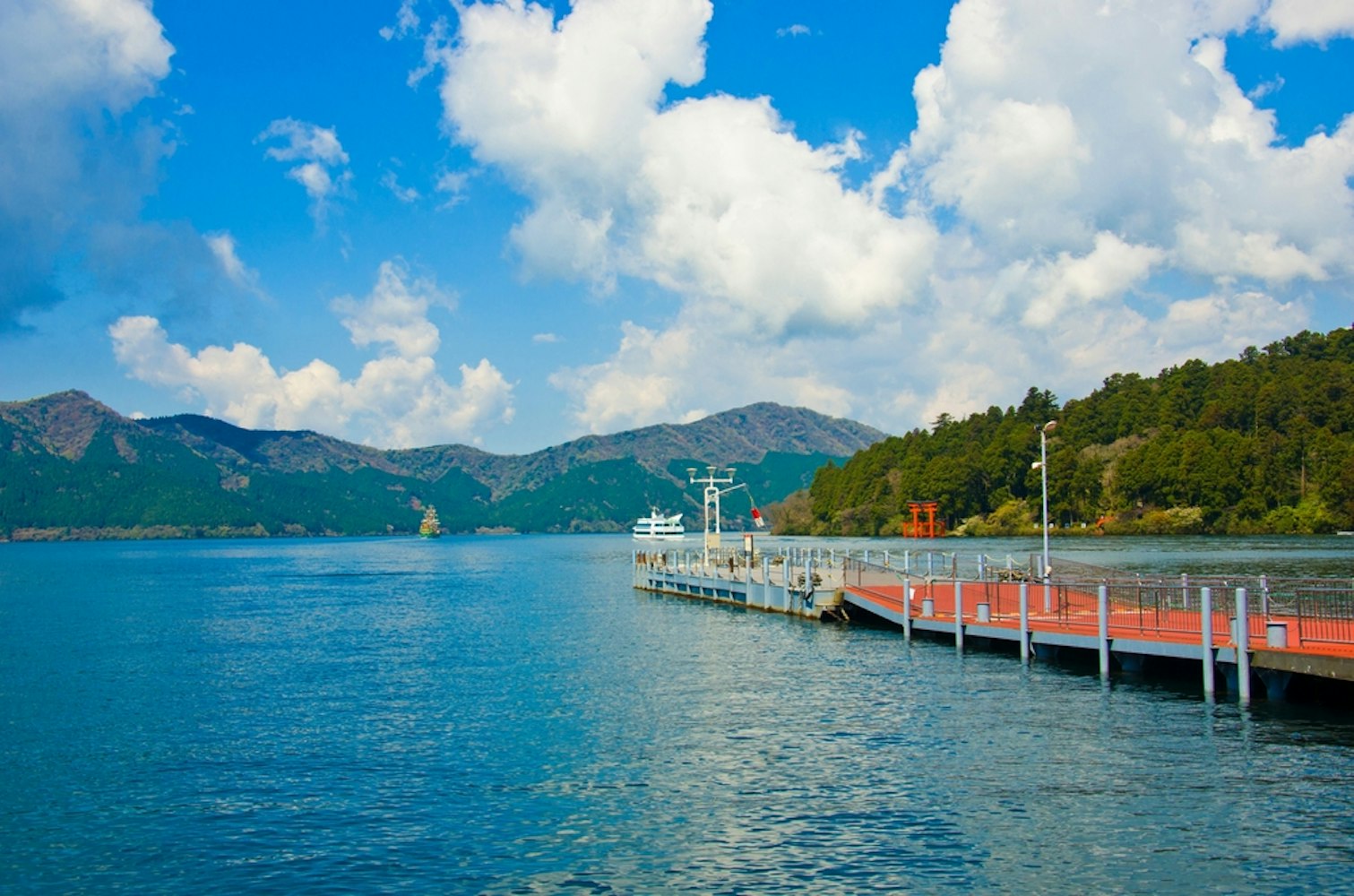
The Hakone Ropeway is not just about the ride; it's also about the destinations you can access along the way. Here are some must-see spots:
Hakone Gora Park: Located near Gora Station, this park is famous for its seasonal flowers, traditional Japanese tea ceremonies, and beautiful views of the surrounding mountains.
Lake Ashi: The pirate ship cruise on Lake Ashi offers stunning views of Mount Fuji on clear days. It's a serene way to relax and take in the natural beauty of Hakone.
Hot Springs: Hakone is renowned for its hot springs, known as "onsen." After your ropeway adventure, consider soaking in a hot spring bath at one of the area's many ryokan (traditional Japanese inns).
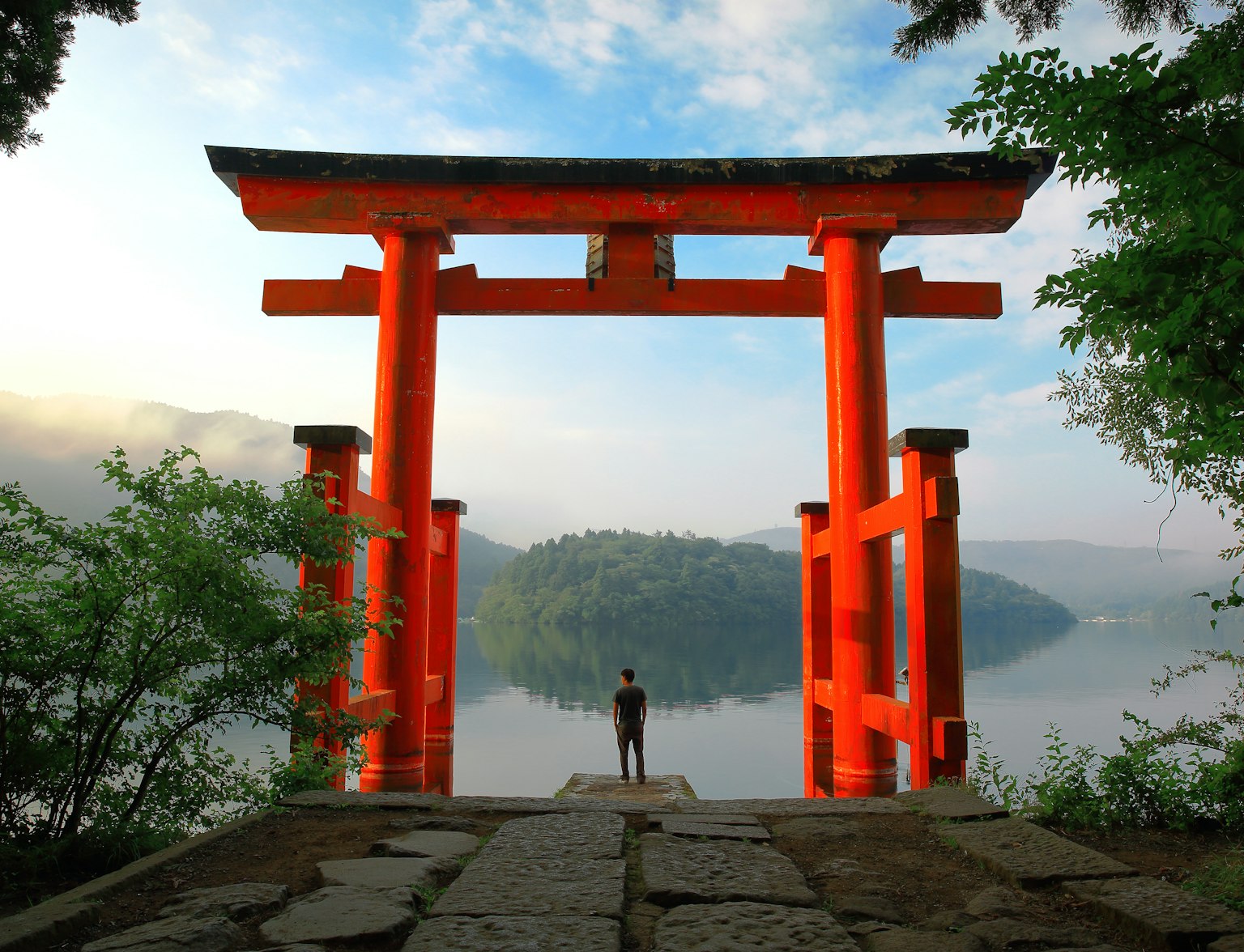
Experience the enchanting beauty of Hakone with a private tour.
How to Access the Hakone Ropeway
Thanks to the efficient transportation network in the region, accessing the Hakone Ropeway is easy. If you're coming from Tokyo, take the Odakyu Limited Express Romancecar to Hakone Yumoto Station.
You can take the Hakone Tozan Railway to Gora Station, followed by the Hakone Tozan Cable Car to Sounzan Station, where the ropeway journey begins. If you have the Hakone Freepass, all these modes of transportation are included, making it a hassle-free experience.
Why the Hakone Ropeway is a Must-Visit
The Hakone Ropeway offers a unique aerial perspective of one of Japan's most beautiful and geologically fascinating regions. Whether you're interested in the volcanic landscapes of Owakudani Valley, the serene waters of Lake Ashi, or simply enjoying breathtaking views of Mount Fuji, the ropeway is a must-visit attraction in Hakone.
With convenient access from Tokyo and the flexibility of the Hakone Free Pass, it's an experience that fits perfectly into any Japanese itinerary.



